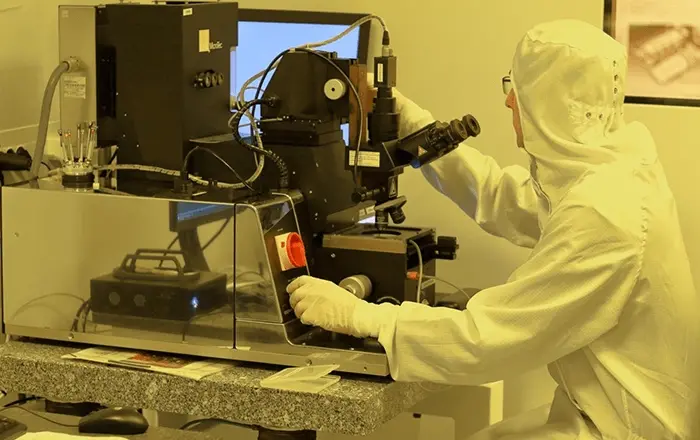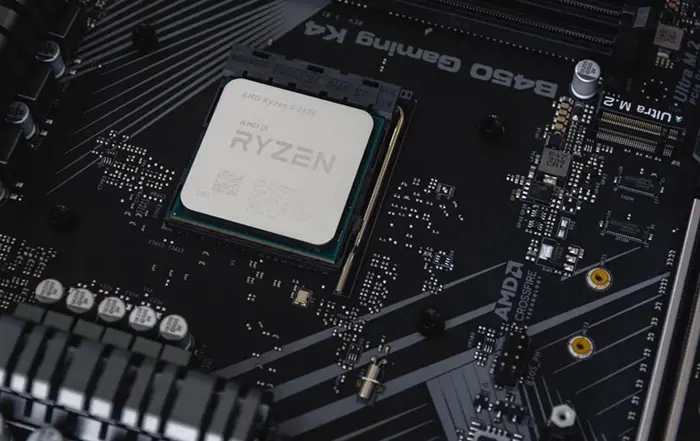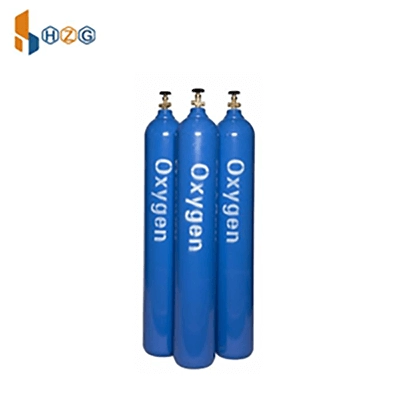Other specifications of packaging can be provided according to customer requirements




Chlorine 99.999% purity CL2 Industrial Grade Gas
Chlorine gas is produced commercially by electrolysis of salt solutions (sodium chloride, potassium chloride or magnesium chloride). Therefore, the production of chlorine is usually accompanied by the production of hydrogen.
Chlorine gas is an important chemical raw material, widely used in many fields. It is mainly used in the manufacture of plastics, synthetic rubber, synthetic fibers, etc., but also used in the production of pesticides, dyes, medicine and so on. At the same time, chlorine also plays an important role in the disinfection of tap water, paper making, textile and so on.
Chlorine 99.999% purity CL2 Industrial Grade Gas
Parameter
| Property | Value |
|---|---|
| Melting point (℃) | -101 |
| Boiling point (℃) | -34.5 |
| Relative density (water = 1) | 1.47 |
| Relative density (moisture = 1) | 0.97 |
| Saturated vapor pressure (kPa) | 506.62 (10.3 ℃) |
| Octanol/water partition coefficient | Meaningless |
| Heat of combustion (kJ/mol) | Meaningless |
| Critical temperature (℃) | 144 |
| Critical pressure (MPa) | 7.71 |
| Solubility | Soluble in water, lye |
Safety Instructions
Danger category: Class 2.3 highly toxic gases
Route of invasion: inhalation
Health hazards: highly toxic, irritating, irritating to the eyes and respiratory membranes
Acute poisoning: mild cases have tears, cough, cough less sputum, chest tightness, bronchitis and bronchitis; Poisoning poisoning occurs bronchopneumonia or interstitial edema, the patient in addition to the above symptoms aggravated, breathing difficulties, mild purple and so on; In severe cases, pulmonary edema, coma and shock may occur, pneumothorax, mediastinal emphysema and other complications. Inhaling high concentrations of ammonia can cause a reflex cardiac arrest of the vagus nerve or a convulsion in the larynx resulting in “electroshock” death. Skin contact with liquid chlorine or high concentrations of chlorine may result in burns or acute dermatitis at the exposed site.
Chronic effects: long-term low concentration exposure can cause chronic bronchitis, bronchial asthma, etc. It can cause occupational acne and dental acidosis.
Environmental harm: serious harm to the environment, can cause pollution to water.
Hazard of ignition and explosion: This product is inflammable, highly toxic and irritant.


















